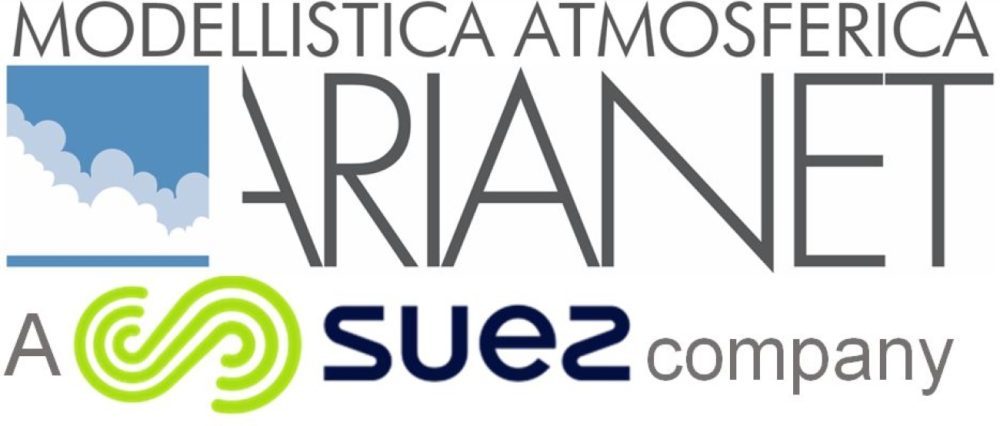[…] there is an almost continuous spectrum of combinations of measurements and other assessment methods. Neither of the two extremes is useful for investigating the state of compliance in a zone: 100% measuring (i.e. doing measurements that are not generalised at all) gives incomplete information, while, at the other extreme, 100% modelling (i.e. applying models that have not in any sense been validated) gives unreliable information. So, a useful assessment comprises elements of both.
(from “Guidance on Assessment under the EU Air Quality Directives – FINAL DRAFT”)
The sentence above summarizes well the importance of integrating results from numerical models and experimental information to produce the most realistic possible picture of air quality in a given area. This is why the European Parliament’s directive on ambient air quality and cleaner air in Europe (Directive 2008/50/EC), transposed by Legislative Decree No. 155 of August 13, 2010, recommends the use of modeling techniques in combination with measurements at fixed sites. Such integration can be carried out using:
- Active methods, by incorporating data assimilation techniques into the air quality model that can correct, during the simulation, the fields produced by the model based on experimental information provided by the observational network (“data assimilation”);
- Passive methods, by integrating a posteriori the results of modeling simulations and experimental information provided by the observational network (“data fusion,” Silibello et al., 2014).
Active methods are implemented in various atmospheric transport and chemistry models, including the FARM model. Passive methods are commonly used in “nowcast” systems to obtain more realistic “analysis” fields of air quality compared to those produced by simulation models. The ARpMEAS module is an example of a nowcast tool developed by ARIANET to support air quality assessment as outlined by the European directive and Legislative Decree No. 155, overcoming the well-known limitations of approaches based solely on geostatistical interpolation of experimental data. This tool implements methods based both on so-called observational nudging techniques (Stauffer and Seaman, 1990) and objective analysis. In the latter case, the analysis fields can be produced using an Optimal Interpolation algorithm or a Bratseth’s Successive Corrections implementation (Bratseth, 1986). ARpMEAS also takes into account the spatial representativeness of measurements and land use characteristics.
ARpMEAS is currently used by various regional environmental protection agencies both as a tool for Annual Air Quality Assessment at the regional level and for the operational production of daily near real-time (NRT) pollution maps for the regional territory.
